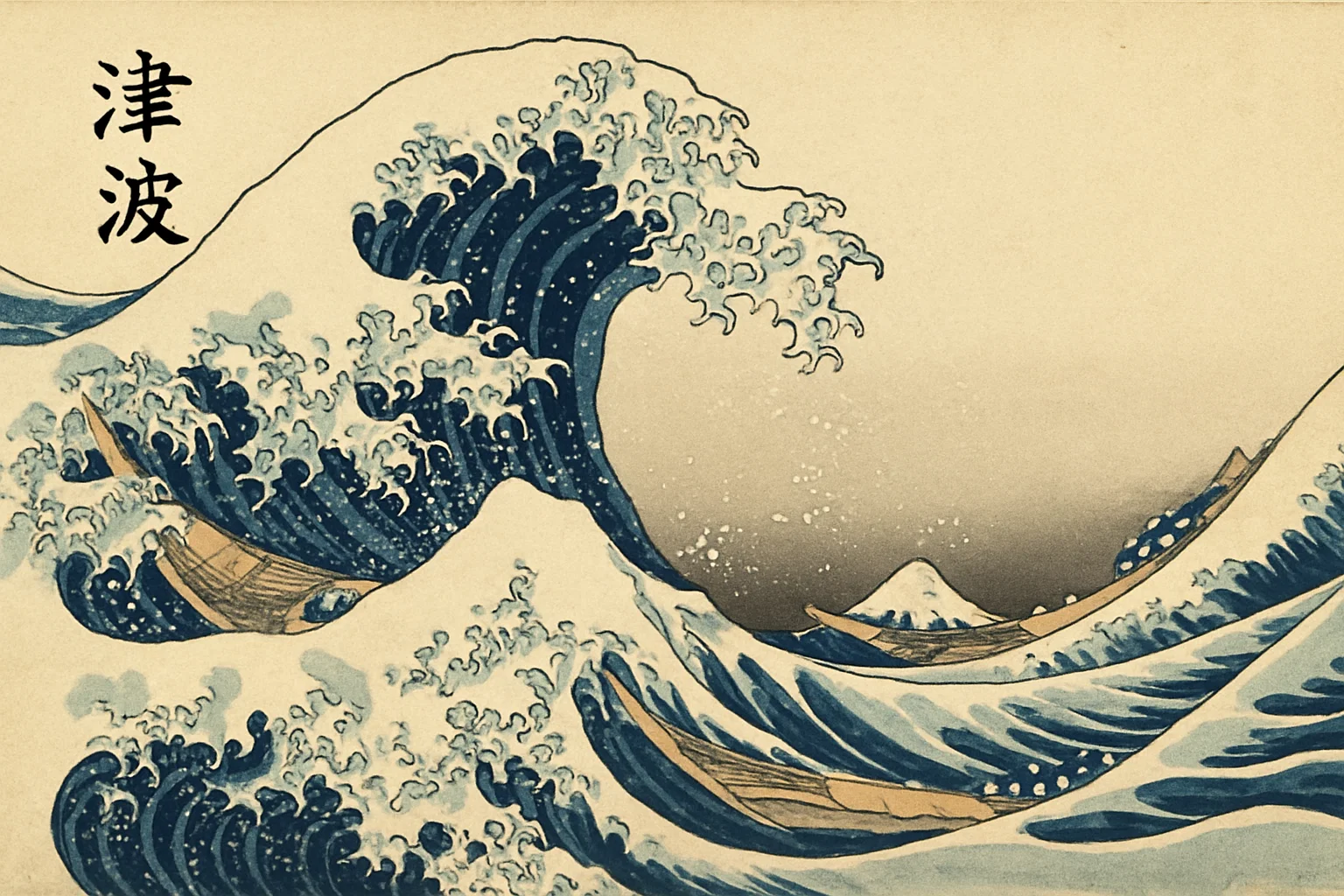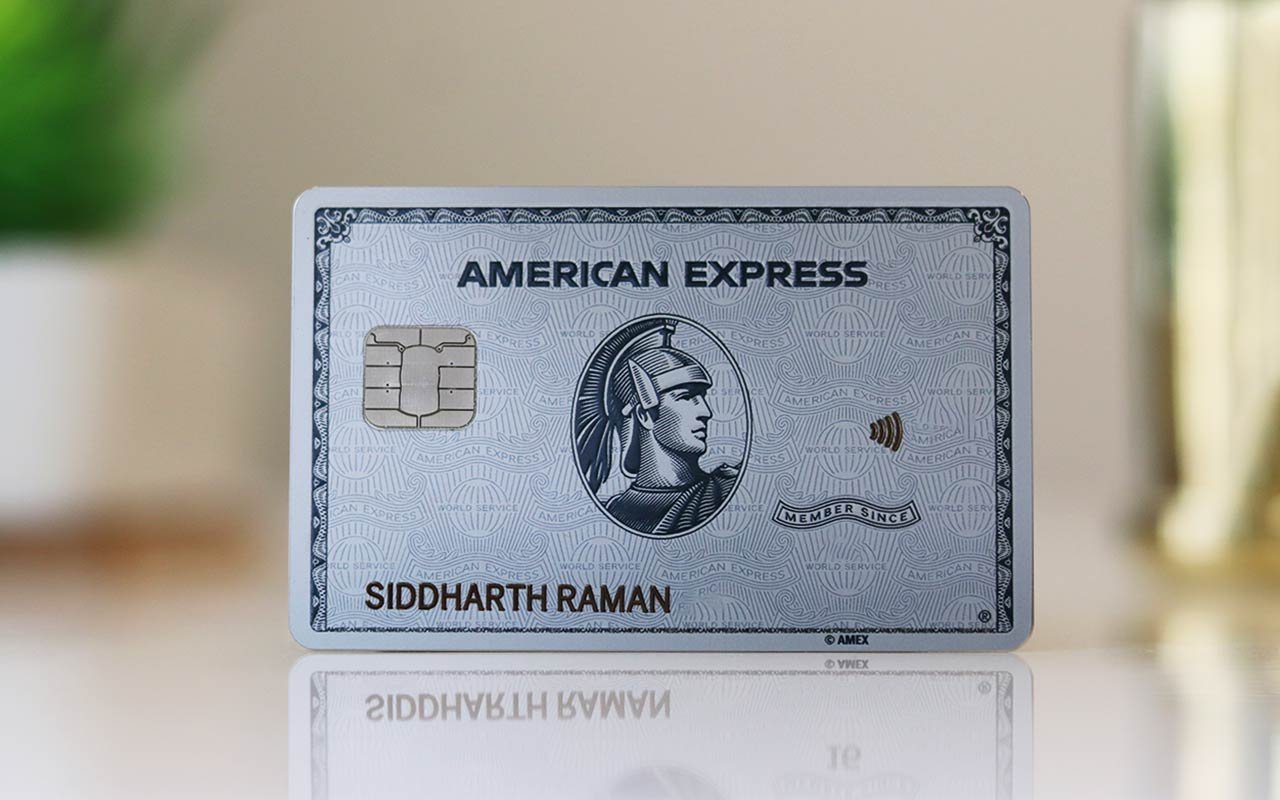In a world filled with fast-paced lifestyles and modern distractions, ancient words often carry meanings that bring us back to our roots—reminding us of deeper truths, spiritual harmony, and cultural richness. One such powerful and mystical term is Tsunaihaiya. Though not widely known globally, this word holds a unique space in traditional cultural and possibly spiritual narratives. Its depth lies not just in its sound but in what it represents: a state of connectedness, rhythm, and inner balance.
In this article, we will explore the meaning, possible origins, philosophical interpretations, and cultural relevance of Tsunaihaiya, and how it can offer valuable lessons for modern living.
What is Tsunaihaiya?
Tsunaihaiya is a word that, while obscure in global usage, has been referenced in spiritual, philosophical, or even poetic contexts to express a sense of interconnectedness, harmony, and energetic flow. Though it is not officially defined in major dictionaries or encyclopedias, linguistic experts and cultural historians often view Tsunaihaiya as a symbolic or ceremonial term—possibly rooted in indigenous or tribal traditions.
The term is believed to embody a chant or invocation used in rituals to align the physical and spiritual worlds. It resonates with the idea of “unifying energies” or “calling upon natural forces,” much like the chants used in tribal or shamanic traditions across the world.
The Linguistic Mystery
Unlike words that originate from well-documented languages like Latin, Sanskrit, or Greek, Tsunaihaiya appears to come from a lost or rare oral tradition. This makes it both mysterious and fascinating.
Some interpretations suggest:
- “Tsunai” could mean connection, flow, or tide (similar to the Japanese word “tsunami” which relates to a powerful wave).
- “Haiya” may resemble a breath, a chant, or an exclamation of energy release.
Together, “Tsunaihaiya” could metaphorically be understood as “the flow of breath or spirit through connection”—a poetic description of life energy.
Tsunaihaiya in Spiritual Practice
Many modern spiritual thinkers and cultural researchers believe that Tsunaihaiya is more than just a word—it’s an energy concept. Here’s how it is interpreted in spiritual practice:
🌀 Energy Alignment
Chanting or meditating on “Tsunaihaiya” is believed to bring mental calm, open energy channels, and create balance between the body, mind, and spirit. It’s used similarly to mantras in yoga or affirmations in mindfulness practices.
🌍 Nature Connection
Tsunaihaiya symbolizes unity with the Earth—trees, rivers, animals, and stars. It can be seen as an invitation to return to the natural world, acknowledging that we are part of it, not separate from it.
🧘 Inner Rhythm and Flow
People who incorporate Tsunaihaiya into meditation or dance say it helps them find their rhythm, both literally (in movement) and metaphorically (in life). It acts as a call to flow with the universe, rather than resist it.
Cultural Significance
Though hard to pin down to one culture, the themes within Tsunaihaiya are universal and can be traced across various traditional systems:
- In African tribal dances, rhythmic chanting aligns communities and connects them to ancestors.
- In Native American ceremonies, chants are used to heal, guide, and bless.
- In Hindu and Buddhist traditions, mantras connect the devotee to divine consciousness.
Tsunaihaiya, whether originally part of a now-lost tradition or a symbolic phrase created to express these ideas, carries the same vibrational power—an echo from a time when words weren’t just spoken but felt.
Modern Applications of Tsunaihaiya
In today’s world, filled with noise, distractions, and stress, many people are seeking spiritual grounding. This is where Tsunaihaiya finds new relevance.
1. Meditation and Yoga
Incorporating Tsunaihaiya as a mantra can help bring focus and peace. Its syllables create a calming rhythm and can be repeated silently or aloud during breathing exercises.
2. Music and Dance
Spiritual musicians and dancers are starting to use Tsunaihaiya in performances as a way to connect deeply with the audience. The word becomes a bridge between emotion, rhythm, and transcendence.
3. Mindful Living
The idea behind Tsunaihaiya—living in flow, in balance with energy—can help guide people toward conscious choices in food, relationships, work, and rest.
Philosophical Interpretations
Beyond its cultural and spiritual context, Tsunaihaiya offers a life philosophy. It asks us to:
- Let go of control and allow life to move through us.
- Trust the rhythm of the universe.
- Speak and act with intention, knowing that our words carry energy.
- Recognize the sacred in daily life—whether in the wind, water, or a quiet moment of reflection.
In this sense, Tsunaihaiya becomes not just a chant, but a way of life—a call to live with openness, alignment, and gratitude.
Final Thoughts
Tsunaihaiya may not appear in academic texts or mainstream dictionaries, but it has a voice that resonates with the soul. It carries the energy of ancient wisdom, the rhythm of the Earth, and the silence of meditation. In a world where we are often disconnected from ourselves and each other, Tsunaihaiya is a gentle reminder to realign, reconnect, and rediscover the flow of life.
You don’t have to be a monk, a yogi, or a spiritual teacher to embrace it. All it takes is a moment of stillness, a breath, and the intention to live in harmony.
Say it softly: Tsunaihaiya. Let it guide you.










